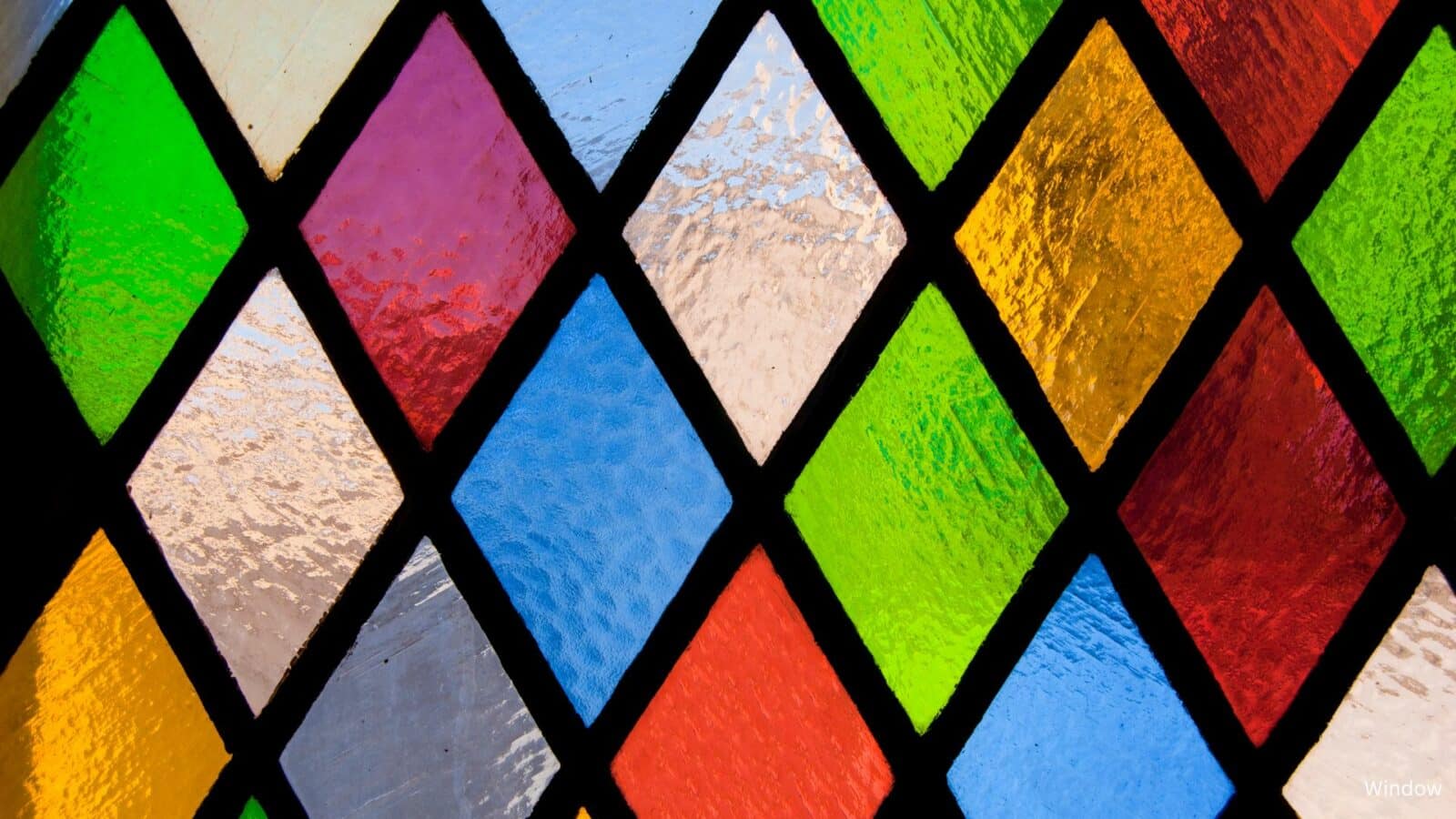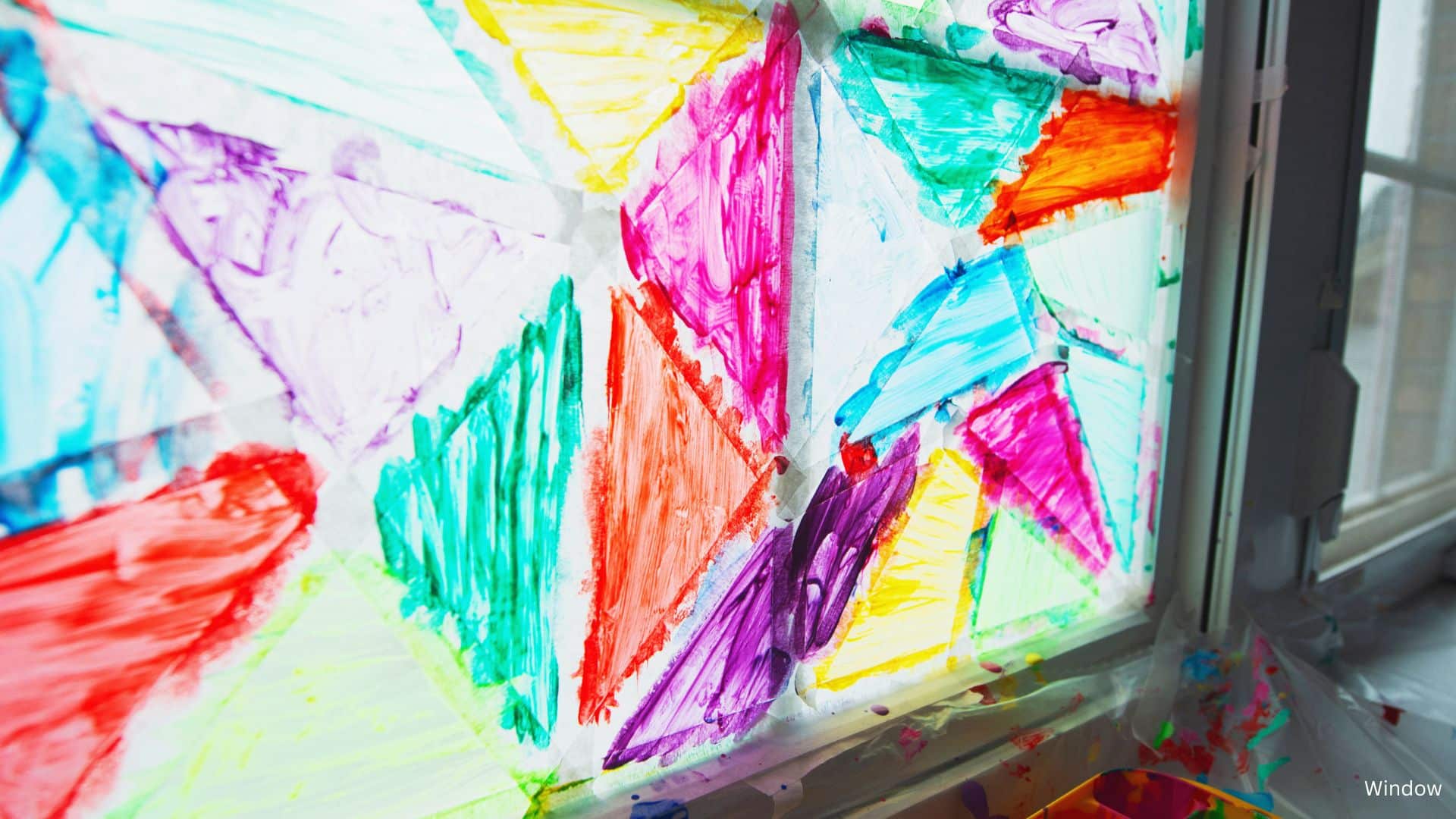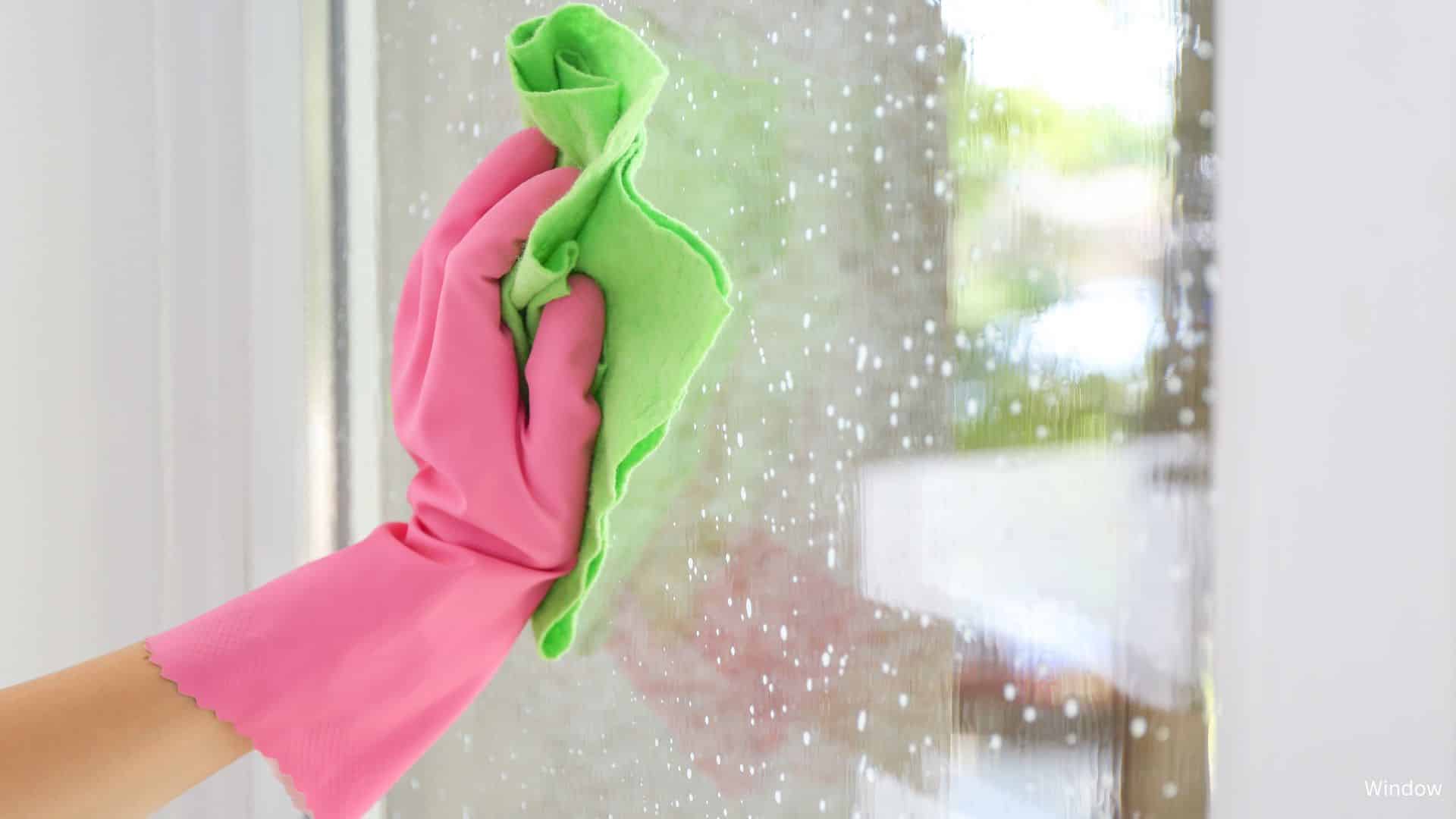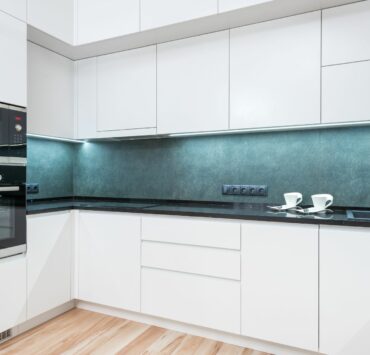Painting on glass windows can add a unique touch to your home’s interior and create a beautiful focal point. Whether you want to create a stained-glass effect or add a custom design, painting on glass windows can be a fun and creative project. In this blog, we’ll go over how to paint glass windows and the supplies you need for painting along with some common mistakes to avoid.
What Supplies Do You Need for Painting on Glass?
Glass cleaner and paper towels: Before starting, ensure that the glass is clean and free of any dust or debris.
Paintbrushes
Use a variety of brushes to achieve different effects and for different areas of the design.

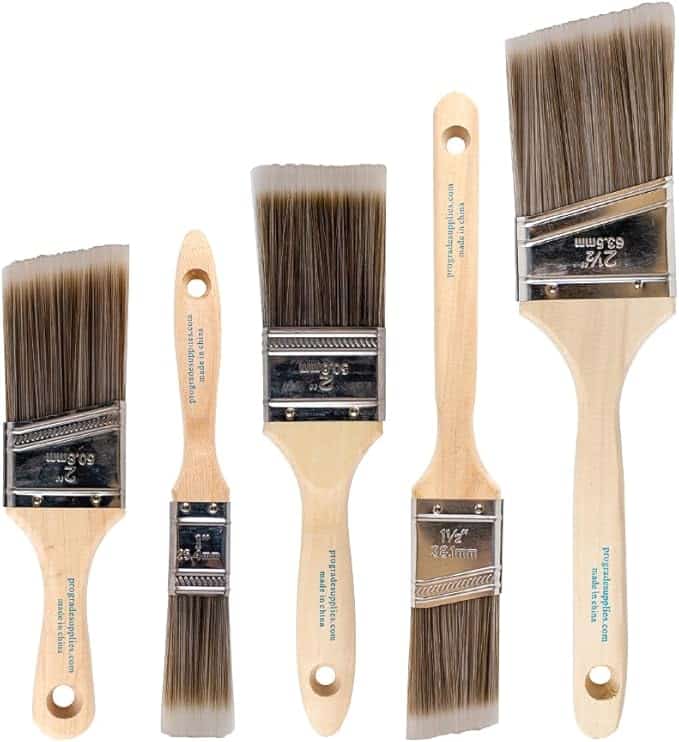
Acrylic Paint
Acrylic paint is a great option for painting on glass as it is water-resistant and adheres well to glass surfaces.
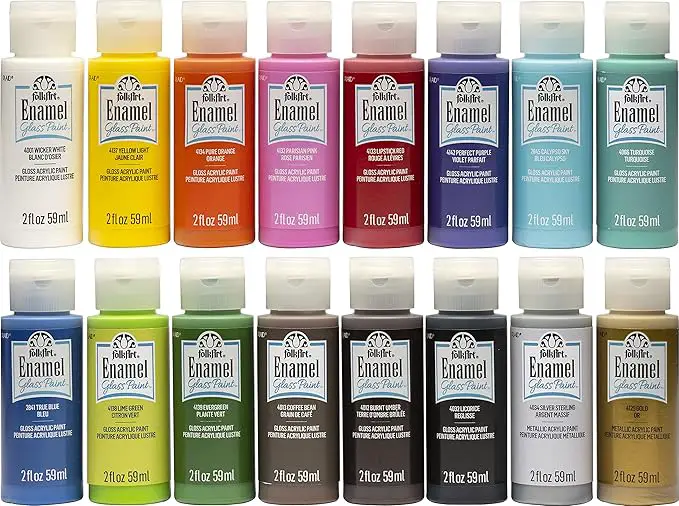
Palette
Use a palette or plastic lid to mix your colors and keep them organized.
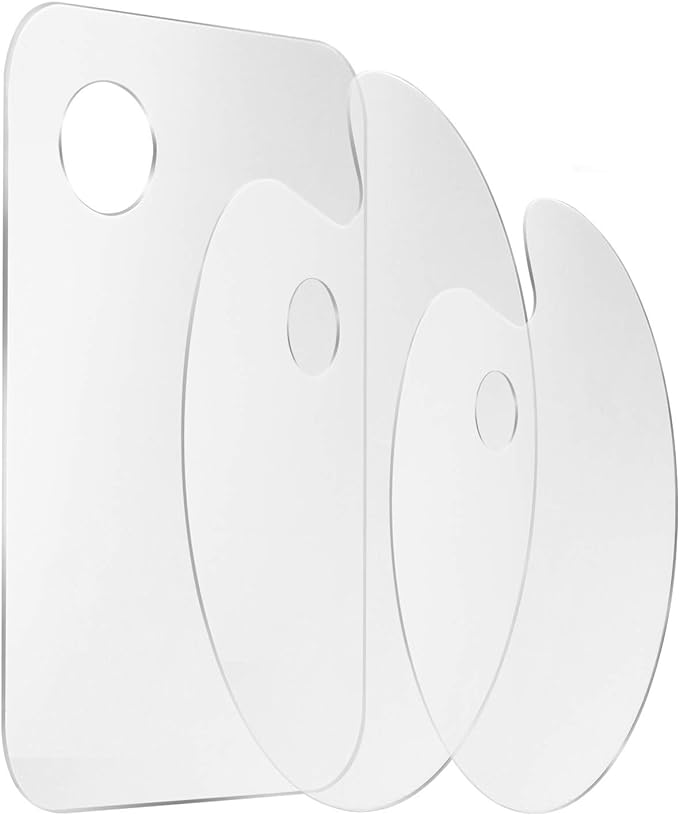
Steps to Paint Glass Windows
Follow these steps if you want to know how to paint glass windows
Step 1
Plan your design: Sketch out your design on paper before starting to paint on the glass. Consider the color scheme and the areas of the glass you want to paint.
Step 2
Prepare the glass: Clean the glass with glass cleaner and dry it with paper towels.
Step 3
Trace the design: Using a washable marker, trace the design on the glass. This will serve as a guide when you begin to paint.
Step 4
Paint the design: Begin painting the design using a variety of brushes and acrylic paint. Be patient and work in sections, allowing the paint to dry before moving on to the next area.
Step 5
Finish the design: Once you’ve completed the painting, let it dry completely before sealing it with a clear coat of sealant.
Glass Painting Ideas
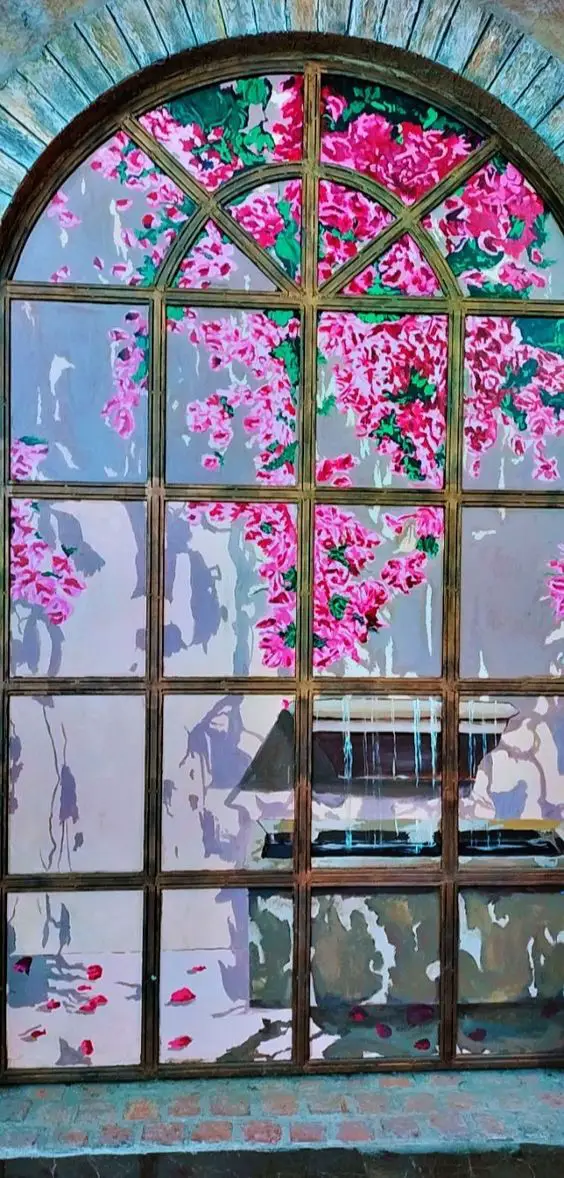
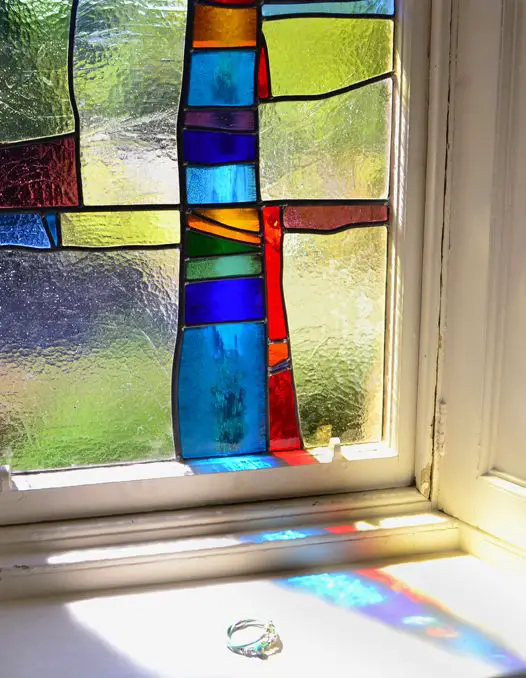
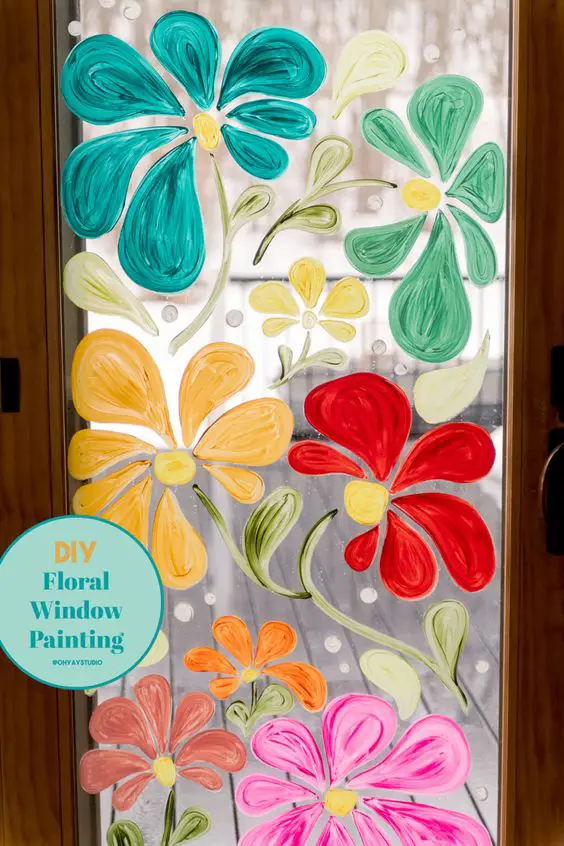
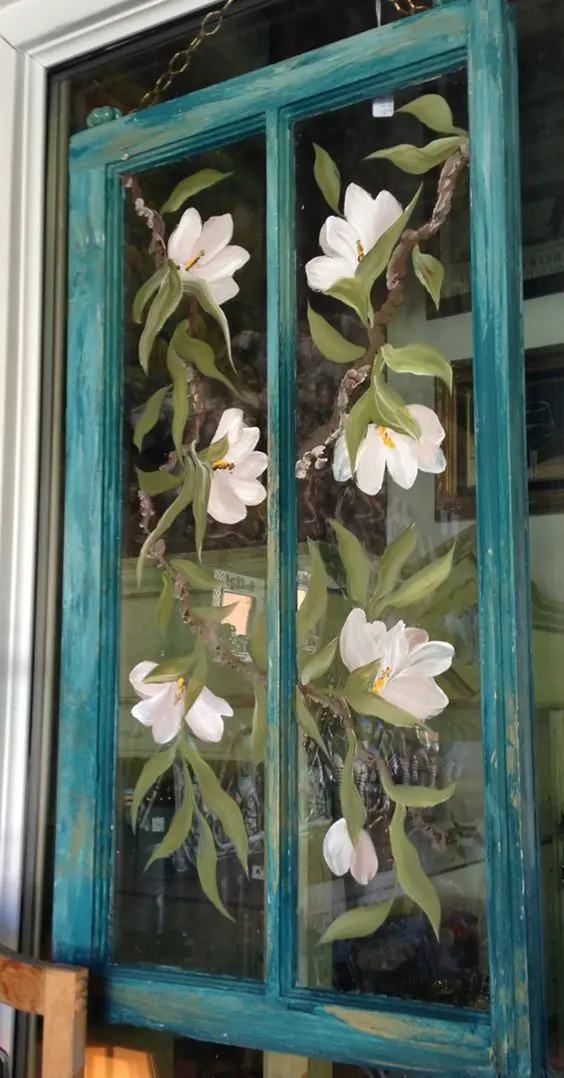
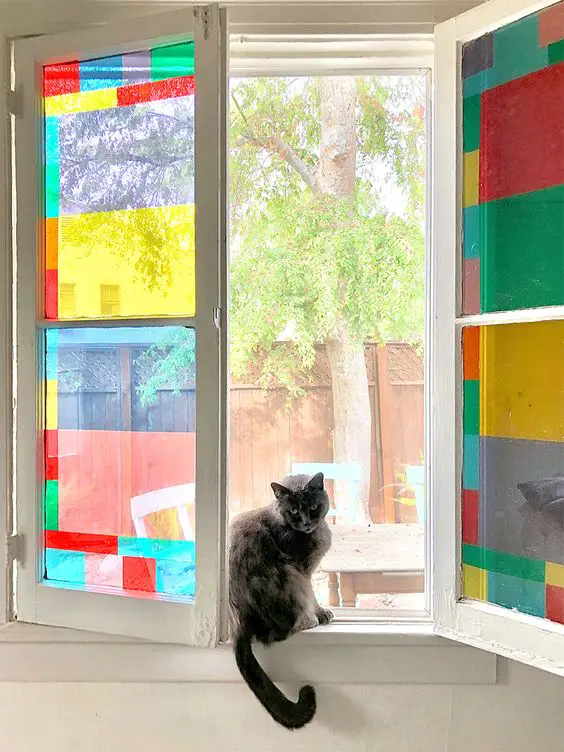
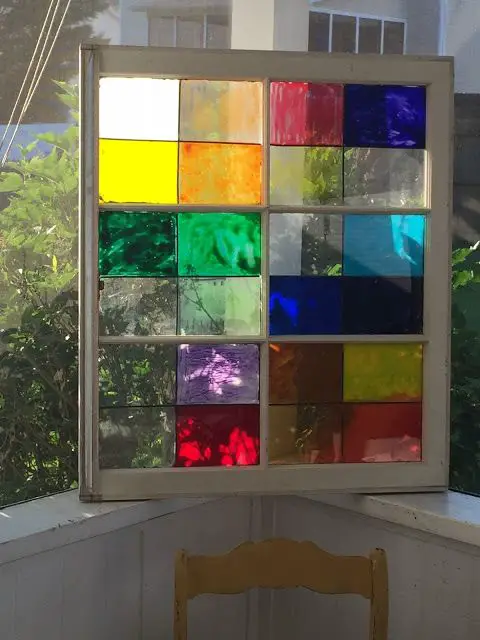
Mistakes to Avoid While Painting Glass Windows
Not Cleaning
Any dust or debris on the glass can affect the adhesion of the paint. Be sure to clean the glass thoroughly before starting to paint.
Not Allowing the Paint to Dry
Be patient and allow each layer of paint to dry completely before adding another layer or sealing the paint.
Using the Wrong Type of Paint
Avoid using oil-based or enamel paints as they do not adhere well to glass surfaces.
Frequently Asked Questions
Can I Remove the Paint from Glass Windows If I Make a Mistake?
Yes, you can remove paint from glass windows if you make a mistake. If the paint is still wet, you can wipe it off with a damp cloth. For dried paint, you can use a razor blade to carefully scrape it off or use a commercial glass cleaner designed to remove paint.
What Type of Sealant Should I Use to Protect My Painted Glass Windows?
To protect your painted design on glass windows, use a clear acrylic sealant. This will help prevent the paint from chipping or fading over time. Make sure the sealant is compatible with acrylic paint and is suitable for use on glass surfaces.
Can I Paint Both Sides of the Glass Window?
Yes, you can paint both sides of a glass window, but it’s essential to plan your design carefully. Painting on both sides can create a layered effect, but you need to ensure that the paint on one side does not interfere with the visibility or appearance of the design on the other side.
Do I Need to Prime the Glass Before Painting?
Priming glass before painting is not necessary if you are using high-quality acrylic paint specifically designed for glass. However, if you want extra adhesion or are using paint that isn’t specifically formulated for glass, you can apply a thin coat of glass primer before painting.
Can I Paint Over an Existing Design on Glass Windows?
Yes, you can paint over an existing design on glass windows, but it’s essential to prepare the surface first. Lightly sand the existing paint to create a rough surface for the new paint to adhere to, and then clean the glass thoroughly before applying your new design.
Painting on glass windows can be a fun and creative project that adds a unique touch to your home’s interior. By following the steps outlined above, using the right supplies, and avoiding common mistakes, you learn how to paint glass windows. So gather your supplies, let your creativity flow, and transform your windows into a work of art.
